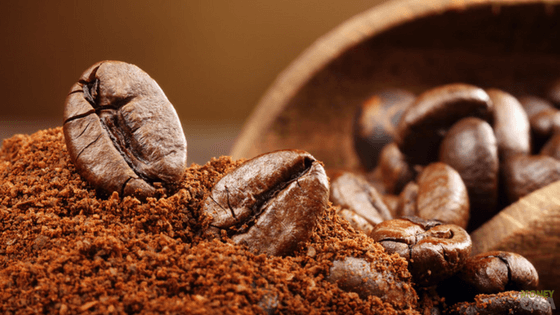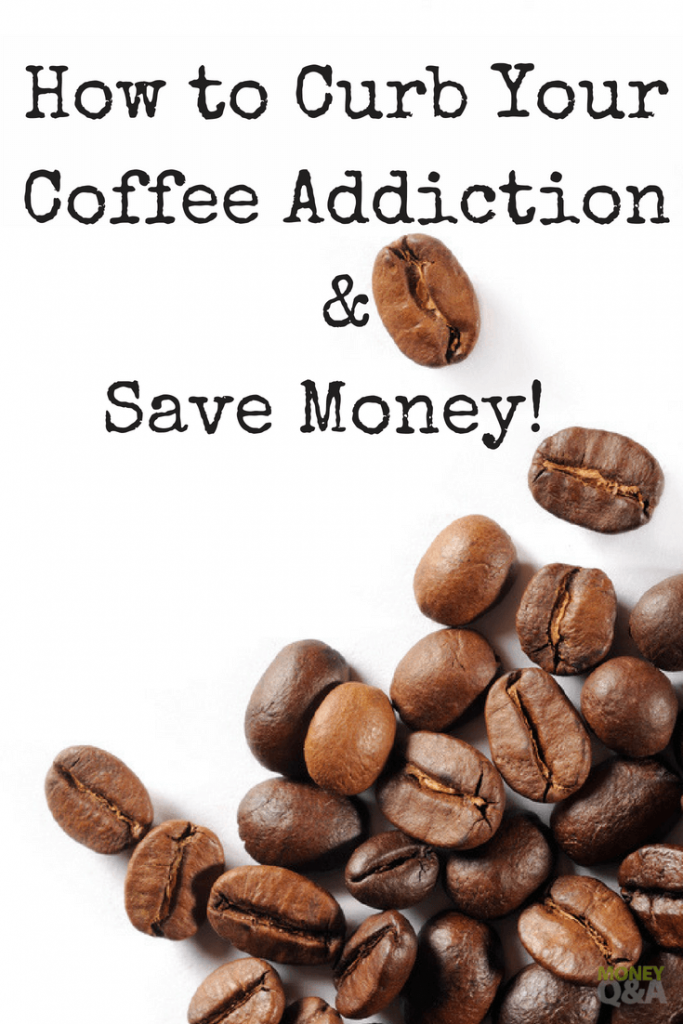If you buy Starbucks every day of the workweek, then you could be missing out on the opportunity to save thousands of dollars per year by switching to cheaper alternatives. Worried about the quality or time-intensiveness of these alternatives? Do you know how to stop coffee addiction?
Don’t let these concerns prevent you from saving money because you might be surprised by how similar generic and brand-name coffee varieties taste, and how easy it is to start making coffee for less than $1 per day, instead of shelling out $4+ per day at the local coffee shop.
How to Stop Coffee Addiction and Save Money
Do you have an addiction to coffee? Do you know how to stop coffee addiction? Here are seven simple tips to curb your coffee addition and save money on coffee at the same time. Rather than letting your coffee addiction blow up your budget, try out some of these alternative options for big savings:
Brew at Home
Brewing your own coffee usually requires less than 5 minutes in the morning. Even if you’re in a hurry to get to work, you can make time for this and invest in a durable, travel coffee mug for sipping joe on the go. Alternatively, you could buy a small coffee maker for your desk at work (or start using the office coffeemaker, if your workplace has one).
Brewing your own coffee could save as much as $50 per week, which equates to $200 per month or $2,400 per year in savings without having to ditch your coffee habit entirely.
Freeze Leftover Coffee
As coffeemakers become more advanced, it has become easier to make the perfect-sized cup of coffee for your caffeine needs. However, if you still manage to have leftover coffee in the pot before you leave for work or school, you can save money and waste fewer resources by pouring the remaining coffee into ice cube trays and freezing them. This will also prevent water from diluting the strength of your iced coffee later in the afternoon!
Buy Whole Coffee Beans
K-cups are certainly convenient, but they cost significantly more than traditional coffee ($0.66 per cup versus $0.28 per cup). On top of that, Keurig machines also cost much more than regular coffeemakers, which means you could save anywhere between $30-90 on your next coffee machine by switching to regular coffee instead of the K-cup varieties (which are also terrible for the environment).
If you’re going to ditch K-cups for regular coffee beans, then be sure to get whole coffee beans instead of beans that are already ground up for you. Whole coffee beans stay fresher for a longer period of time – especially if you store coffee beans in the fridge – this can help you save quite a bit of money on coffee beans without them going bad within a few days.
Ditch Brand-Name Coffee
For people on-the-go, brewing at home or at the office might not be an easy option. However, you don’t need to go to Starbucks or the fancy coffee shop you saw on Instagram for coffee when you can get coffee at a fast food restaurant or gas station for just $1. Is it gourmet coffee?
Not exactly, but you might be surprised by how many times “cheap” coffee from places like Dunkin Donuts and McDonalds outperform Starbucks in blind taste tests. As Refinery29 wrote, “oftentimes we shut ourselves off to trying other options solely based on brand identity and price (taking an actual taste and quality out of the equation completely).”
Try Green Tea
There have been mixed findings on whether coffee is truly good or bad for you, but the results are generally consistent when it comes to the health benefits of green tea. As one of the most natural forms of caffeine, green tea is ideal for coffee addicts because it combines antioxidants, caffeine, and affordability all into one tea packet. You can also reuse tea bags for greater cost savings (though the strength of the tea will diminish with each use).
Get Creative with Add-Ins
If quitting coffee or brewing at home aren’t viable options, then another possible alternative would be to order black coffee and create your own lattes and Frappuccino-like concoctions using the sugar, syrups, creamers, and milk that are offered as self-serve options to coffee shop customers. You could also bring your own healthy add-ins from your home, such as vanilla extract, cinnamon, peppermint oil, or coconut sugar and create a drink that tastes like $6 but only cost you $1.50.
Get Credit Card Rewards
If none of the aforementioned options work for you, then you should at least try to get some rewards for your coffee purchases. Starbucks has a Visa rewards credit card, which offers 3 stars for every $1 you spend in a Starbucks store and 1 star per $4 spent anywhere else.
This is not a great deal, especially when you factor in the $49 annual fee for the credit card, but you can earn free drinks from Starbucks more quickly with the credit card rewards program, so it could help you save money if you’re a dedicated coffee addict who has no plans to quit anytime soon.
Imagine what you could do with the extra money you now have by switching to cheaper coffee options. Even if the cost savings don’t seem too significant, you could still put that money to much better use by opening an investment account, paying off debt, building an emergency savings fund, or anything else that has long-lasting value and the potential to growth, as opposed to coffee, which disappears within 30 minutes and only helps you stay alert for a few hours.
What about you? Are you addicted to your daily cup…or seven cups? Is it affecting your budget? Do you know how to stop coffee addiction?



Fortunately for me I was never into coffee. Even so, we have our own coffee machine at home, which didn’t cost a fortune and brews excellent coffee. Here in Europe we’re not too crazy about Starbucks, we like our coffee ‘short’ and strong 😀
I’ve never been into cappuccinos or lattes so it was relatively easy to reduce my coffee intake expenses.
I would brew from home, monitor my local grocery stores weekly ad for coffee deals (buy it on sale), and I eliminated add-in’s completely (i.e. creamer). Coffee is a flavor in and of itself!